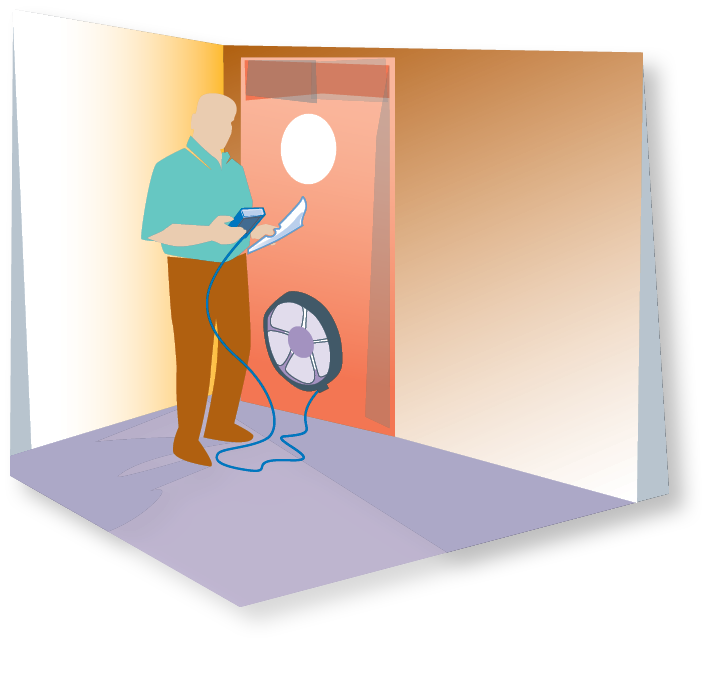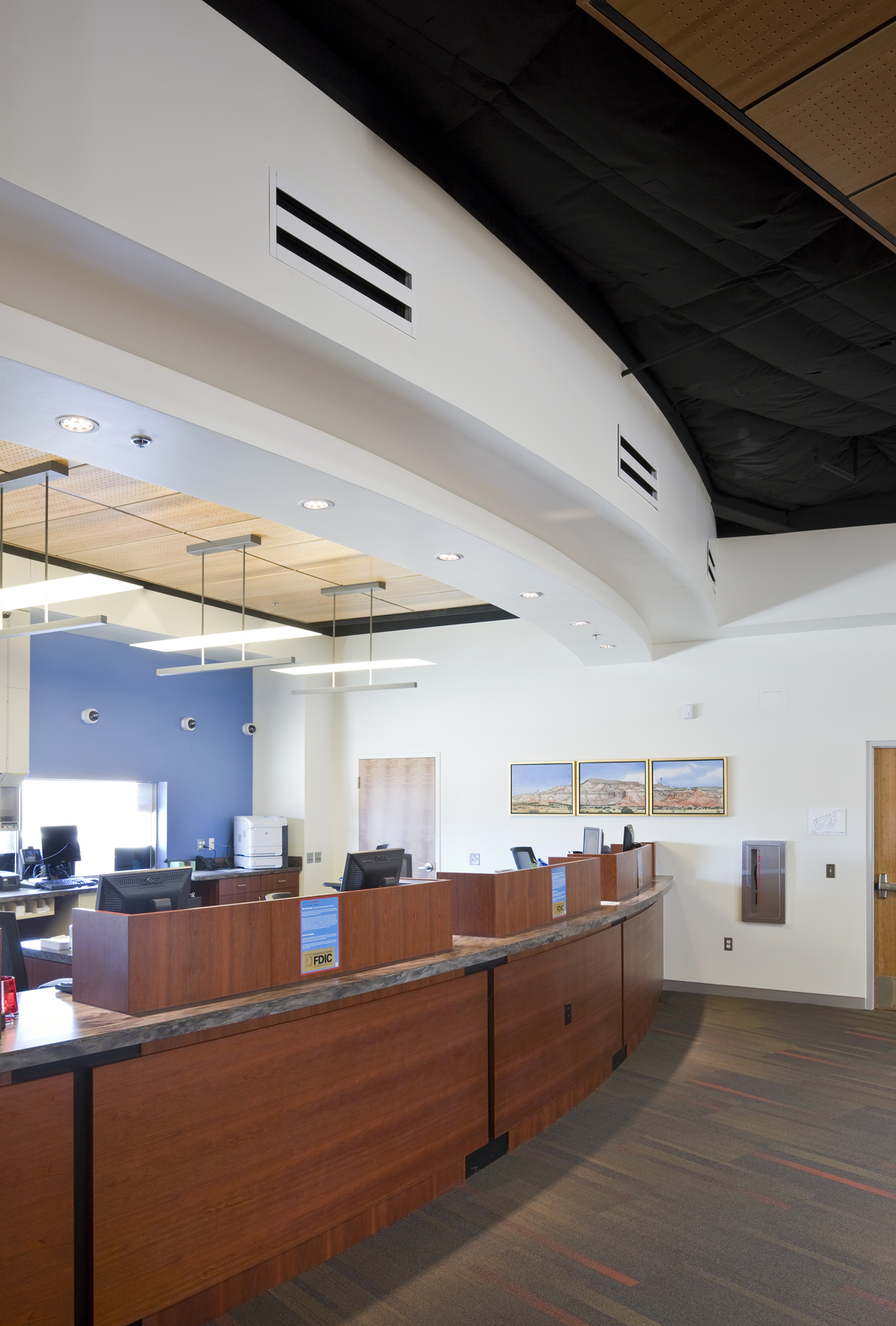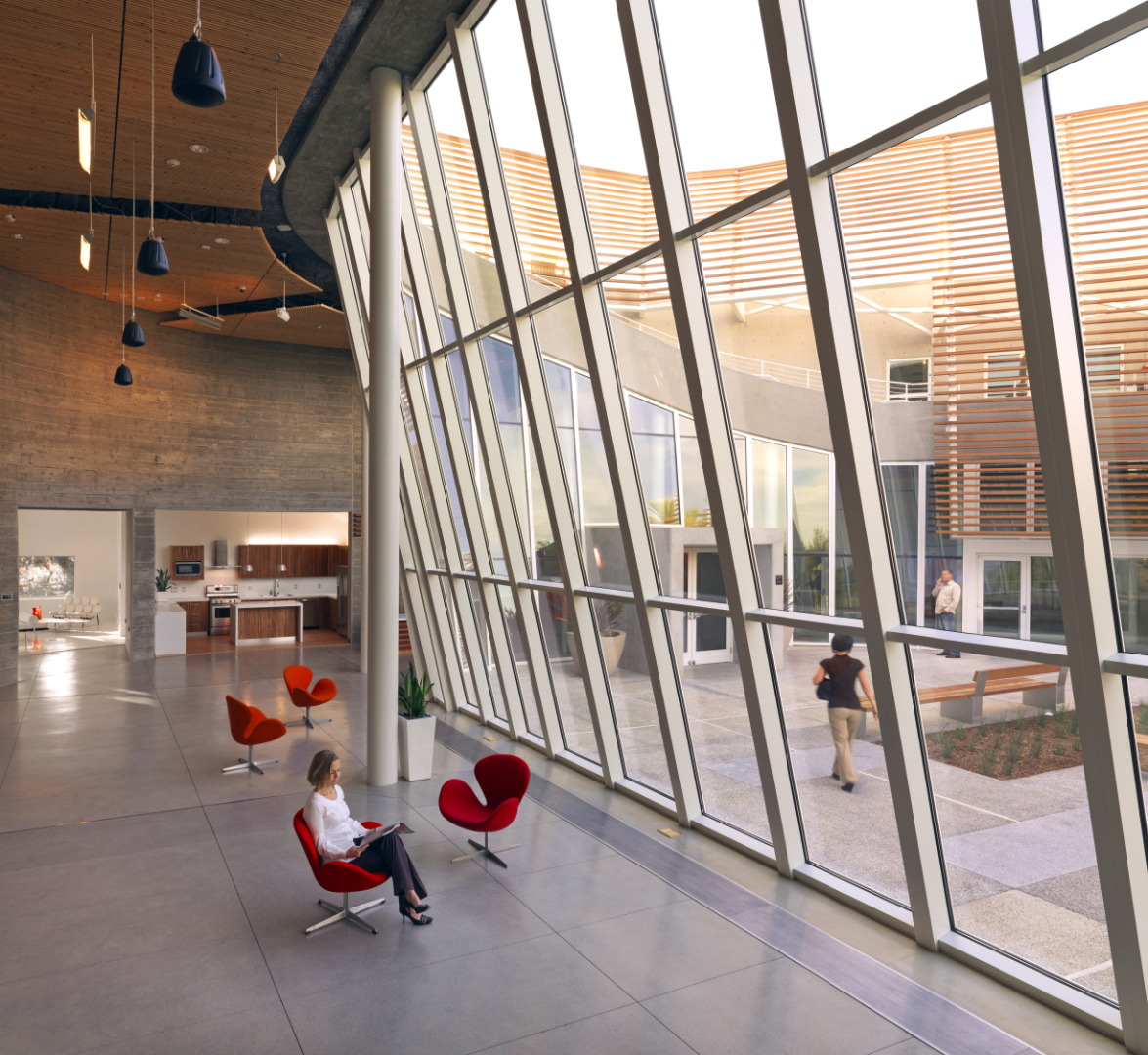
Originally targeting 30% savings beyond ASHRAE 90.1-2004, then 50%, it recently released AEDGs for zero energy design.ĪSHRAE also developed Standard 100: Energy Efficiency in Existing Buildings to provide “greater guidance and a more comprehensive approach to the retrofit of existing buildings for increased energy efficiency.” ASHRAE developed Advanced Energy Design Guides to support the design and operations community, releasing progressively more aggressive versions for a variety of building types. There is still rich opportunity for energy savings in retrofitting buildings and in new design.
#ENERGY EFFICIENCY BUILDING ENVELOPE CODE#
A relatively current accounting of state-by-state adoption can be found here.Įnergy efficiency continues to be a focus of standards development, code adoption and utility incentive programs, though what was once seen as “high efficiency” - such technologies and strategies as premium pump and fan motors, variable frequency drives, variable air volume, condensing boilers, economizers, temperature setbacks and LED lighting - now register as the norm. Figure 2 shows the status of energy code adoption in 2018, revealing how varied commitments to Standard 90.1 and IECC and their updates have been. The same has been true with the International Energy Conservation Code, the model energy code maintained by the International Code Commission.įirst released in 2000 and revised every three years through a public review and consensus process, it too found sporadic adoption of revisions.

With state and local entities adopting a patchwork of standard versions, applying revisions sluggishly and issuing a wide variety of exceptions at the same time as the standard’s requirements become ever steeper, the standard regularly outpaces code to varying degrees nationwide.

Improving efficiency across these systems is recognized to impact various building sectors/types differently, though the standard yields portfolio-level savings and has been on a trajectory of constant improvement (see Figure 1). Throughout its first two decades, Standard 90.1 has set a bar for energy-efficient design, continually striving to make energy improvements across all aspects of the envelope, mechanical, electrical and plumbing systems. ASHRAE subsequently issued separate standards specific to low-rise residential buildings (90.2) and data centers (90.4). Responding to the rate of change in energy technologies and prices, ASHRAE initiated a cycle of triennial review and revision in 2001, renaming the code ASHRAE Standard 90.1: Energy Standard for Buildings Except Low-Rise Residential Buildings. began to see sporadic implementation of the standard and its periodic revisions. As with many building industry standards, the intent was to create parameters that states could readily adopt as code. Prompted by the sense of vulnerability that the embargo wrought, ASHRAE developed a standard for the energy-efficient design of buildings, Standard 90, published in 1975.

That event started the industry on a trajectory that finds us in a much different place now. Though the oil embargo of the 1970s compelled the design industry to consider energy, there was no national policy at the time. The adage goes: “code represents the worst possible building that can legally be built.” Fifty years ago, that seemed perfectly sufficient when it came to energy usage. The prevalence of specific technologies and strategies align with specific points over this spectrum, all subject to the specifics of program, scale, site and climate to succeed. With this understanding, owners can better anticipate evolving user expectations and code requirements and more fully capitalize on the potential of a higher-performing building.
#ENERGY EFFICIENCY BUILDING ENVELOPE HOW TO#
However, rather than thinking in terms of differences in establishing project goals and identifying how to meet them, a more useful approach plots such designations on a continuum that equally describes the expanding imperative to integrate systems.


 0 kommentar(er)
0 kommentar(er)
